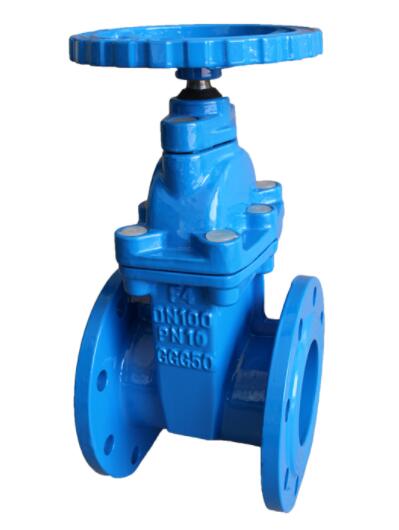Oct. 18, 2021
●The pressure is an important factor that must be taken into account, on the one hand to avoid undersizing the valve, which could lead to problems in terms of leakage or rupture of the valve, and on the other hand to avoid oversizing the valve.
●The operating temperature needs to be determined, i.e. the temperature of the circulating medium, as well as the ambient temperature around the valve body. It is important to know the temperature extremes that the valve needs to withstand in order to be able to select the valve that can be used to operate under these conditions, especially the materials used to manufacture the body, shut-off system and seals.
●The operating pressure, i.e., the pressure at which the medium circulates through the valve.

●Flow rate and velocity of the fluid. The flow rate and rated velocity are essential elements to help you select the right valve, especially for regulating that flow. The flow coefficient (Kv) is a theoretical value specified by the manufacturer that allows you to calculate the nominal flow rate of the valve. It can be expressed in liters per minute (l/min) or cubic meters per hour (m3/h). The valve manufacturer provides charts to determine this coefficient based on the required flow rate and nominal diameter.
●The nominal diameter (DN) of the circuit in which the valve is located. This is essential to avoid oversizing the valve, which may lead to unstable operation of the equipment, or to avoid undersizing, which may lead to a significant pressure drop and rapid valve damage.